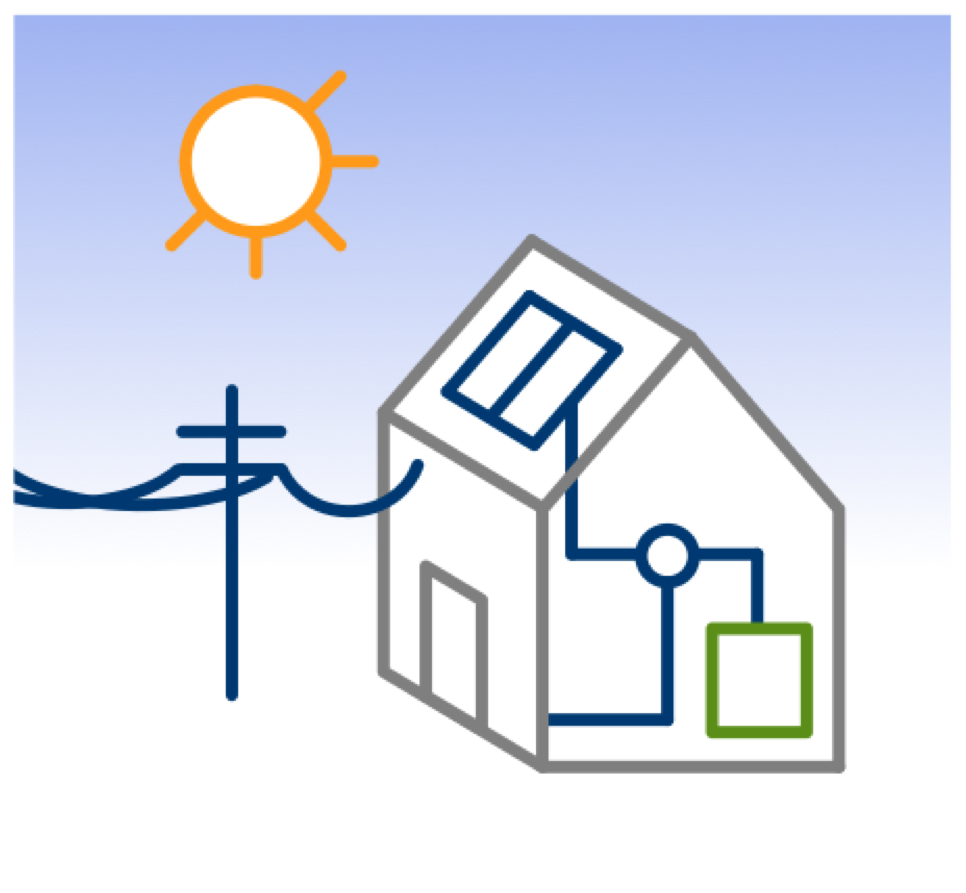Here’s a new battery technology that might be good for evening out solar power production:  the Aqueous Hybrid Ion (AHI) battery. Some such storage method will eventually become good enough to do away with most of the arguments about solar power fluctuating with time of day and weather. Meanwhile, getting on with a smart grid would go ahead and do that.
the Aqueous Hybrid Ion (AHI) battery. Some such storage method will eventually become good enough to do away with most of the arguments about solar power fluctuating with time of day and weather. Meanwhile, getting on with a smart grid would go ahead and do that.
When we got our new solar panels we did not buy batteries with them, because enough batteries for 12 kilowatts  of solar would have been quite expensive. Our old panels do have batteries backing up their 3 kilowatts, so when the grid is out we still have that much power, which can keep us up (refrigerator, lights, computers, Internet) for 10 hours even at night, and longer if the sun is shining. We’re waiting for better electricity storage methods. Maybe AHI is it, or maybe something else will be.
of solar would have been quite expensive. Our old panels do have batteries backing up their 3 kilowatts, so when the grid is out we still have that much power, which can keep us up (refrigerator, lights, computers, Internet) for 10 hours even at night, and longer if the sun is shining. We’re waiting for better electricity storage methods. Maybe AHI is it, or maybe something else will be.
Somebody thinks AHI is promising. PR dated 19 June 2012: Horizon Technology Finance Leads $15 Million Venture Loan Facility for Aquion Energy, Continue reading














